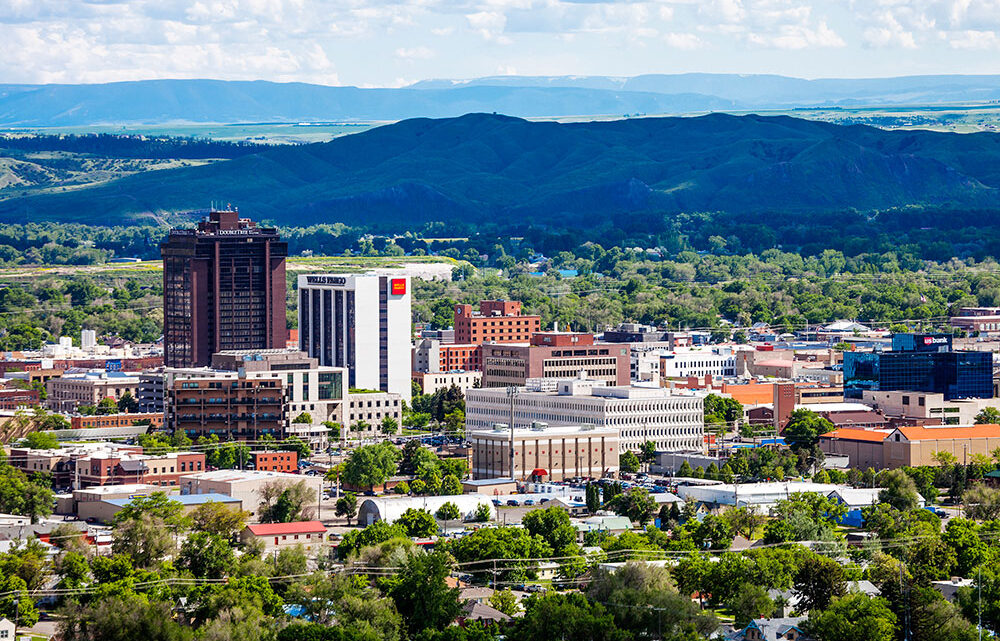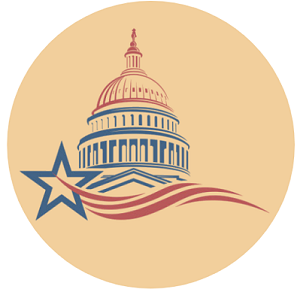
How Montana’s Economy Compares to Other States
May 21, 2021The COVID-19 pandemic sent economic shockwaves through the U.S. economy, tripling the monthly unemployment to nearly 15% and leading to a more than 30% quarterly decline in GDP — by far the largest economic contraction in U.S. history.
No corner of the country was untouched by the pandemic’s economic consequences — but some states have emerged better off than others. A range of factors, including industrial diversity, labor force education levels, household income, and long-term GDP growth, have an effect on a state’s overall economic strength — and its ability to withstand the impact of the pandemic.
To determine the states with the best and worst economies, both in the years leading up to the pandemic and during it, 24/7 Wall St. created an index of five measures â five-year economic growth, five-year employment growth, the poverty rate, unemployment rate, and share of adults with a bachelor’s degree or higher.
Montana’s economy is healthier than that of most states. Despite having an economy more dependent than most on industries that faced the greatest level of disruption during the pandemic, only 3.8% of the state’s labor force were unemployed in March 2021, well below the 6.0% national jobless rate.
Because of the COVID-19 pandemic, Montana’s economy contracted by 2.8% over the past year — a larger contraction than most states reported. Still, the setback was not enough to offset gains of the preceding years. Over the last half decade, Montana’s economy expanded at an average rate of 1.2% a year, more than most states.
All index components used to create this ranking were included at equal weight. All data used to create the index came from the Bureau of Labor Statistics and the U.S. Census Bureau. Additional state level data on economic output by industry from the Bureau of Economic Analysis. This is how all 50 state economies rank.
This article was originally posted on How Montana’s Economy Compares to Other States


